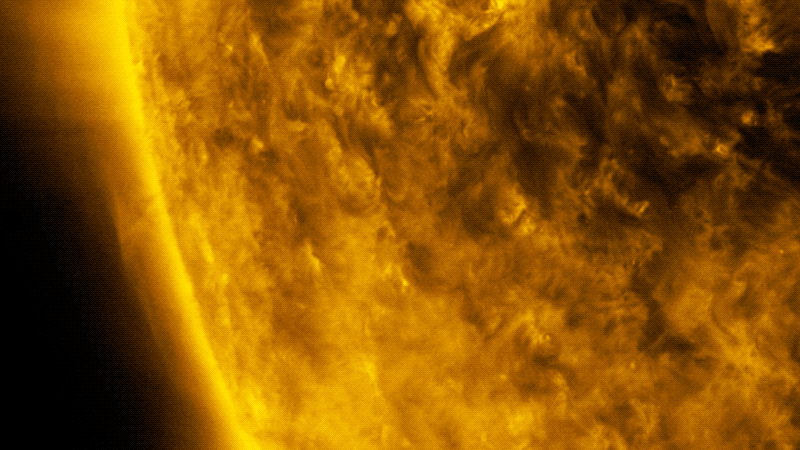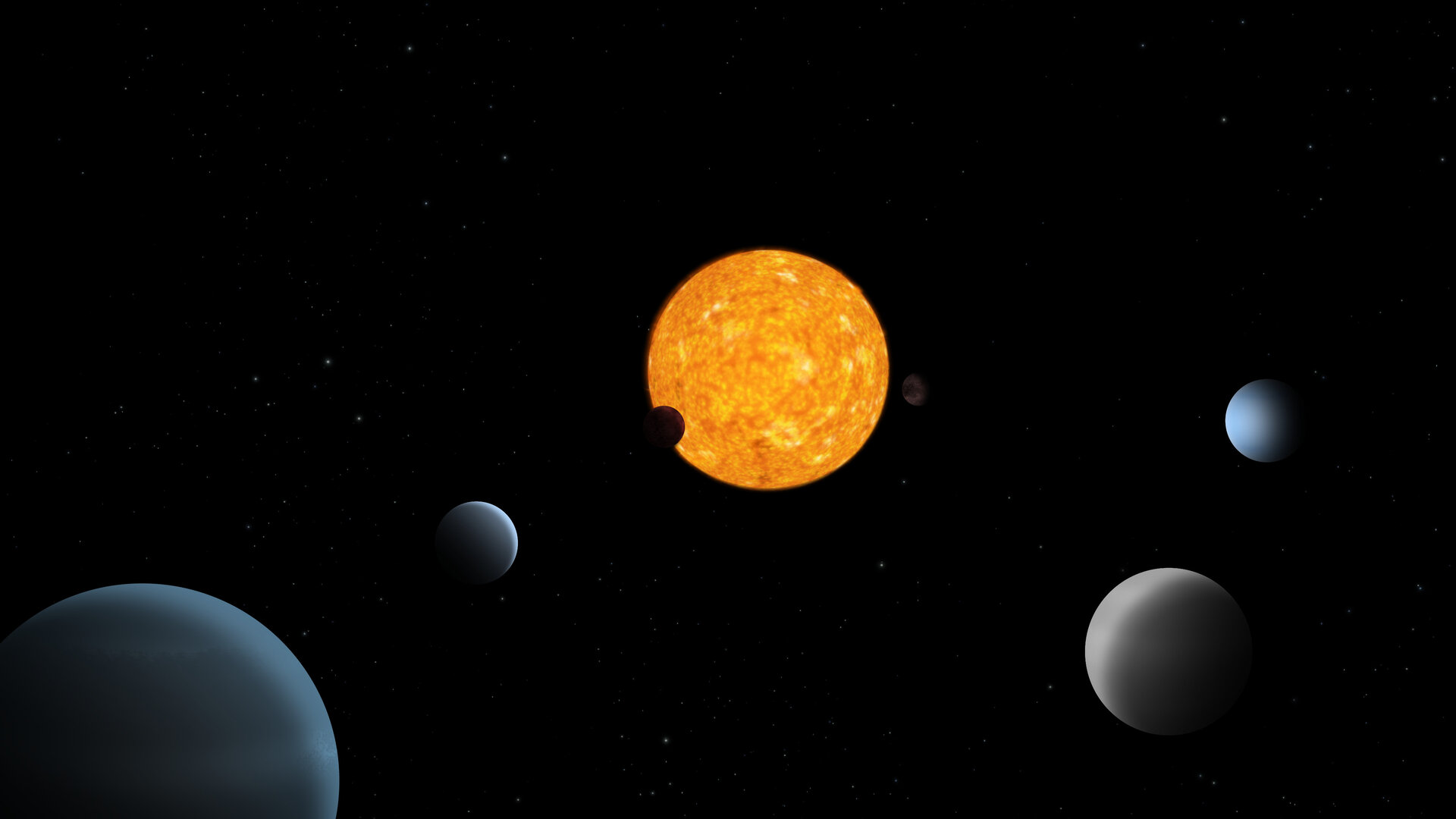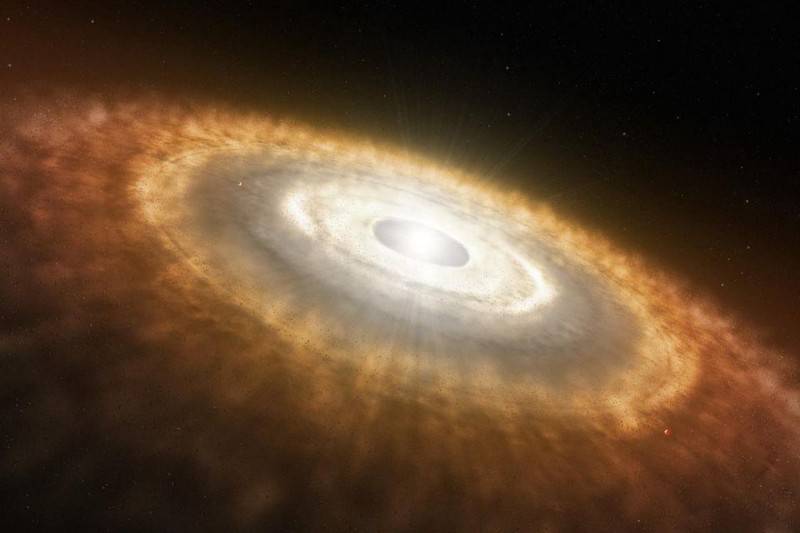Surprise: Mercury isn’t the Solar System’s hottest planet

- As the innermost planet in the Solar System, Mercury receives the most radiation from the Sun: almost four times as much as Venus receives.
- At its hottest, Mercury reaches daytime temperatures of ~800 °F, while at night, it plunges to more than 100 degrees below zero.
- However, it’s not the hottest; Venus is always around ~900 °F, even at night. Here’s the science behind why.
In the grand scheme of the Solar System, the greatest source of energy by far is the Sun. While radioactivity and gravitational contraction might supply a substantial amount of energy to the cores of massive planets, the light and heat emitted from our parent star is overwhelmingly responsible for a planet’s surface temperature. To an excellent approximation, the Sun keeps not only Earth, but all the planets at a temperature well above what they’d be without it: just a few Kelvin. (Without an external heat source, most planetary temperatures would equilibrate at -270 °C / -455 °F.)
During the day, the planets absorb energy from the Sun, but during both the day and the night, they radiate energy back into space. This is why temperatures heat up during the day and cool off during the night, something that’s pretty much true for every planet that has both a day side and a night side. We also expect seasons — cool times and warm times — based on both how elliptical a planet’s orbit is and on its axial tilt.
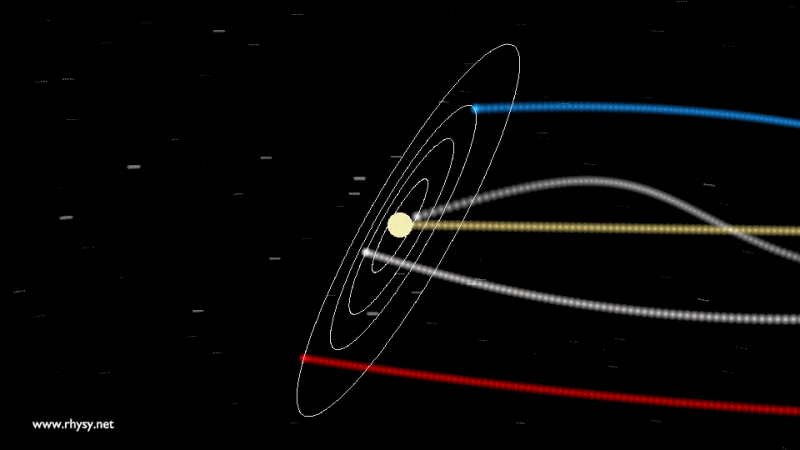
Credit: Rhys Taylor
But if a planet’s various orbital parameters were the only things that determined temperature, then the closest planet to the Sun would inevitably be the hottest, and they would all get progressively cooler as we moved farther and farther away.
Perhaps a gas giant that was large enough to generate a significant fraction of its own heat would change that order (if Jupiter and Neptune were swapped, this might be the case), but in general we’d expect a planet’s temperature to drop in proportion to its distance from the Sun. We can check this expectation by starting at the innermost planet and working our way outwards.
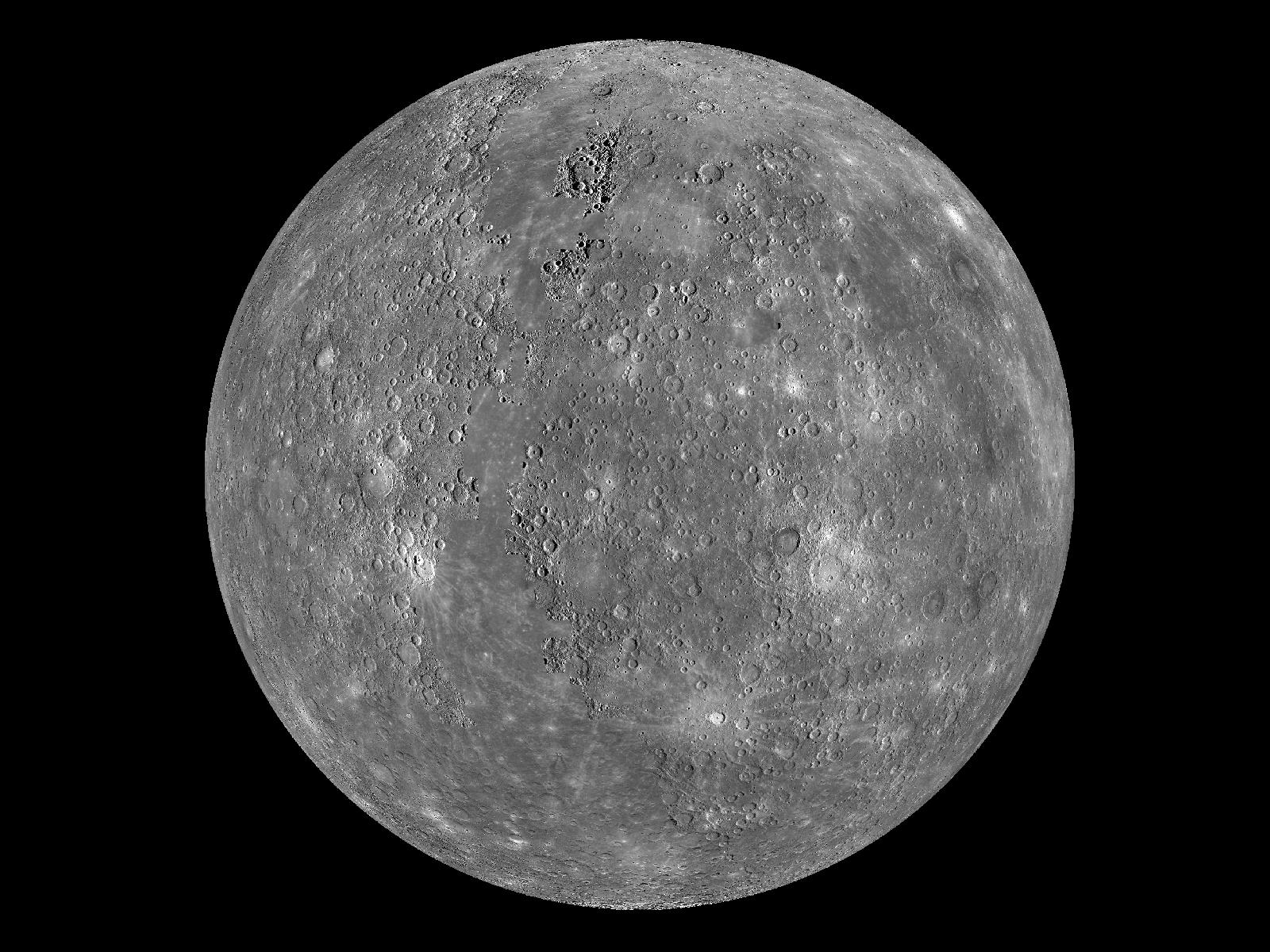
Credit: NASA/Johns Hopkins University Applied Physics Laboratory/Carnegie Institution of Washington
Mercury is hot. If we’re being quantitative, it’s actually extremely hot! As the closest planet to the Sun, it completes an orbit in just 88 Earth-days, achieving a maximum temperature during the day of a whopping 700 Kelvin (427 °C / 800 °F) at its hottest, equatorial locations. Mercury rotates very slowly, so its night side spends a consecutively long time in the dark, shielded from the Sun; during those times, it gets down to just 100 Kelvin (−173 °C / −280 °F). That low temperature is incredibly cold, and far colder than any known naturally occurring temperatures here on Earth. That’s the story of the closest planet to the Sun: Mercury.
What about the next one out: Venus?
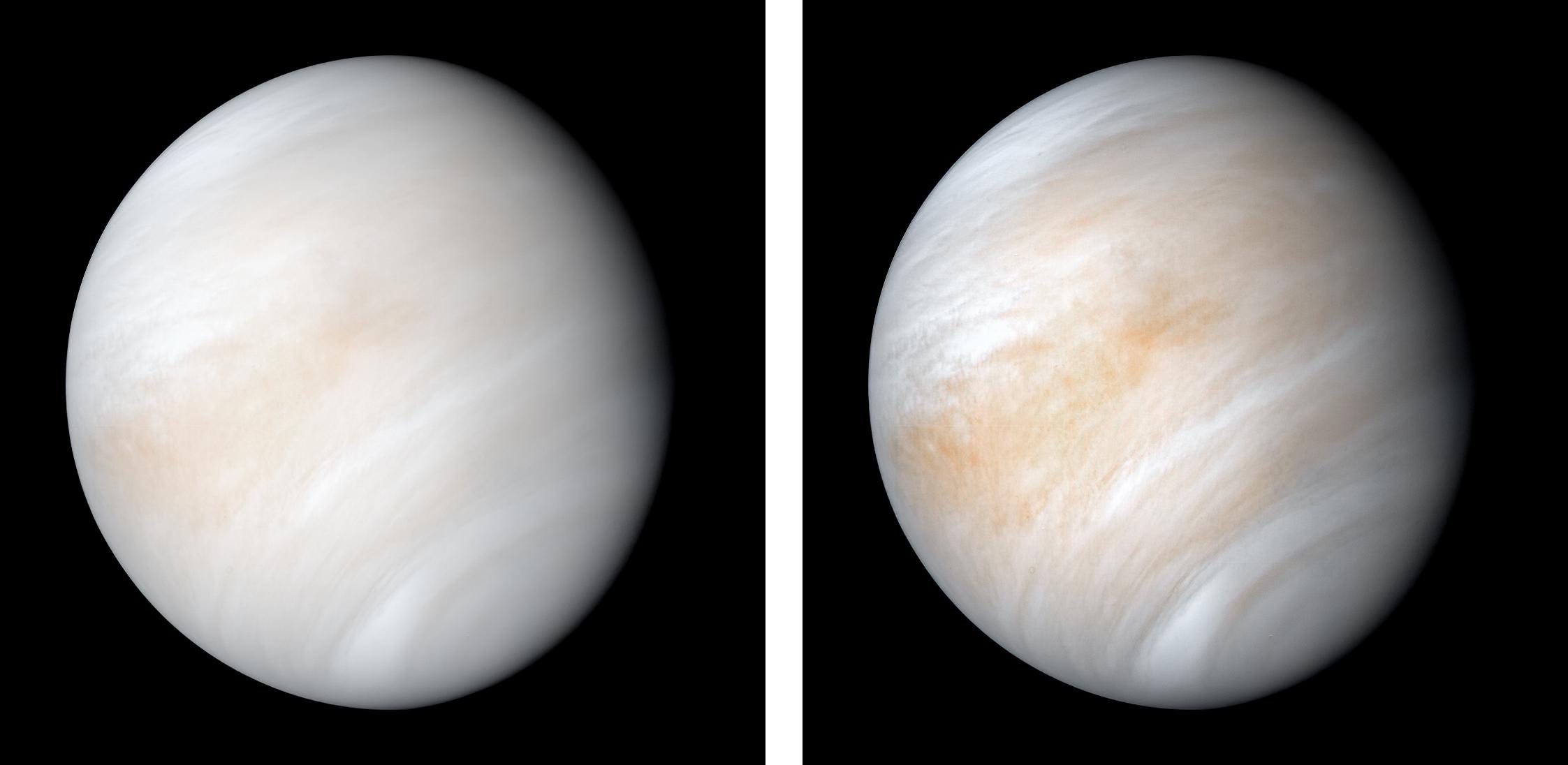
(Credit: NASA/JPL-Caltech)
Venus is about twice as far from the Sun, on average, as Mercury is, taking about 225 Earth-days to orbit the Sun. It also rotates even slower than Mercury, spending more than 100 consecutive Earth-days at a time bathed in sunlight and then an equal amount of time in darkness. And yet, when you measure the temperature of Venus, there’s a surprise: Venus is the same temperature at all times, day or night, at an average of 735 Kelvin (462 °C / 863 °F), making it even hotter than Mercury!
This strange occurrence did more than just puzzle astronomers when they first discovered it; it mortified them! Venus wasn’t large enough to generate its own heat, and yet it was hotter at Venusian midnight than at Mercurian high noon. This was an observation that cried out for an explanation, and so we began contrasting the two innermost planets.
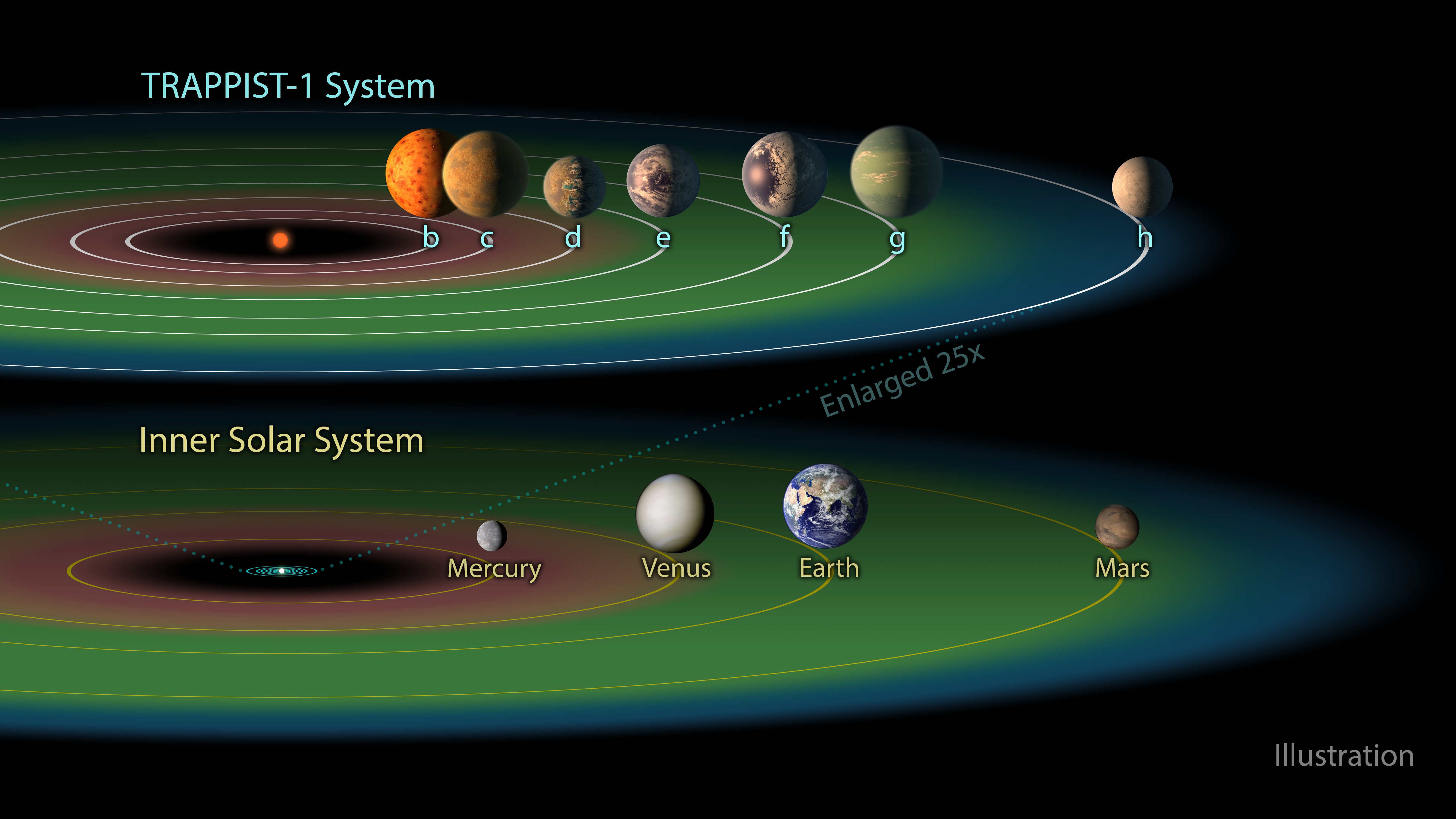
Credit: NASA/JPL-Caltech
Comparing these two worlds, there are four very stark differences:
- Mercury is much smaller than Venus,
- Mercury is about twice as close to the Sun as Venus,
- Mercury is much less reflective than Venus, and
- Mercury has no atmosphere, while Venus has a very thick atmosphere.
As far as absorbing and radiating heat goes, it turns out that size doesn’t matter very much. Planets absorb sunlight based on their cross-sectional surface area — proportional to their radius squared — and radiate it away in the exact same proportion. If Mercury were double its size or Venus were half of its size, neither one would have its temperature change by any appreciable amount. This difference is completely irrelevant.
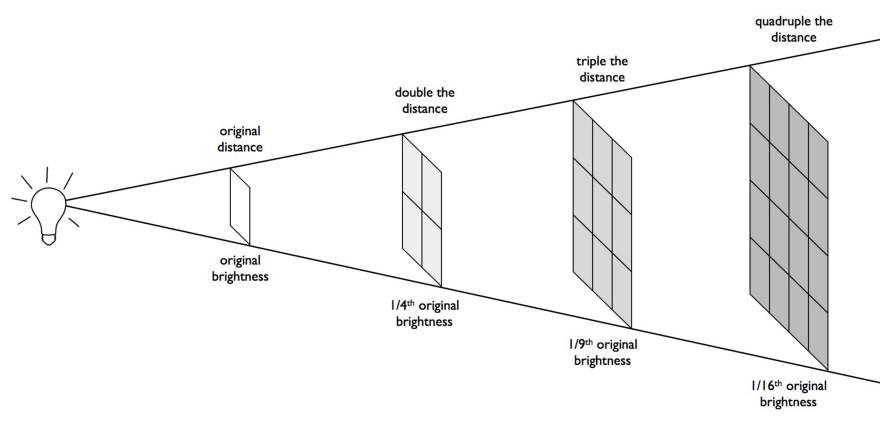
Credit: E. Siegel/Beyond the Galaxy
The fact that Venus is nearly twice as far from the Sun, however, matters a great deal. Any object that’s twice as far away from the Sun receives only one quarter the amount of solar energy per-unit-area, meaning Mercury should receives about four times as much energy on every part of its surface as Venus does. As the light from the Sun spreads out through space, a more distant world intercepts less and less of its energy. This is the great advantage of Mercury, which encounters nearly four times the flux per square meter compared to Venus.
And yet, Venus is still hotter, which tells us that something else important must be going on with one of the other two points.

How reflective or absorptive an object happens to be is known as its albedo, which comes from the latin word albus, meaning white. An object with an albedo (Bond Albedo, for the geophysicists) of 0 is a perfect absorber, while an object with an albedo of 1 is a perfect reflector. In reality, all physical objects have an albedo between 0 and 1. The Moon, for example, looks to have a pretty high albedo to our eyes, with a white appearance during both the day and night.

Don’t let the Moon’s white appearance fool you! The Moon’s average albedo is only about 0.12, which means only 12% of the light that hits it get reflected, while the other 88% gets absorbed. The lower an object’s albedo is, the better it is at absorbing light, which means the higher the albedo, the less sunlight actually gets absorbed. Mercury turns out to be similar to the Moon at 0.119, while Venus’ albedo is by far the highest of all planetary bodies in the Solar System at 0.90.
So not only does Mercury receive four times as much energy-per-unit-area, it absorbs nearly nine times as much of the sunlight it receives as Venus does!

Yet if you saw two close-up pictures of the recent transits of Mercury (below, from 2016) and Venus (below, from 2012), you’d notice that the Sun appears to “curve” around Venus, while there’s no such effect on Mercury.
This is because of the fourth and all-important difference between the two worlds: Mercury has no atmosphere, while Venus has a very substantial one that’s some ~90 times as thick as Earth’s is.
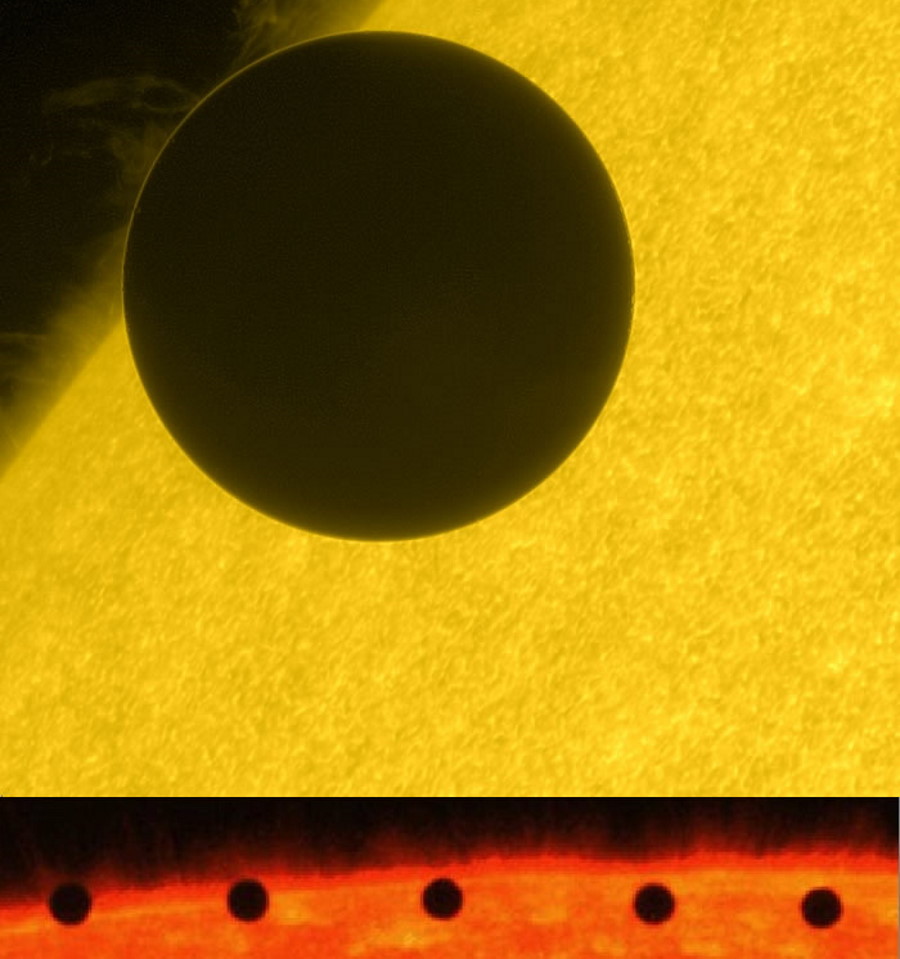
You see, Mercury and Venus don’t just absorb light from the Sun; each planet then re-radiates that energy as heat back into space. For airless Mercury, all of that heat goes immediately back into space.
But on Venus, the story is different. Each quantum of infrared radiation — the re-radiated heat — has got to get through that thick, thick atmosphere, which is difficult.

(Credit: Venus Express/Planetary Science Group)
Not only does Venus possess an atmosphere many times the thickness of Earth’s, loaded with huge amounts of infrared-absorbing gases like carbon dioxide, but it’s shrouded in terrifically thick layers of highly reflective clouds. This sulfuric acid haze, which extends for more than 20 km in thickness, encircles the planet at speeds from 210 to 370 km/hr, trapping the vast majority of the radiated heat and transferring it all across the planet.
The long nights provide no escape from the heat, as the trapping and thermalizing effects of the cloud layers keep the surface of Venus at an inhospitably high temperature, so much so that if you added up the operational time of every lander that ever touched down on Venus’ surface, it wouldn’t even sum to half an Earth-day.

But in the right amounts, atmospheric heat-trapping can be the best thing ever to happen to a world. If it weren’t for Earth’s atmosphere, the mean temperature on our planet would be a paltry 255 Kelvin (-18 °C / -1 °F), or approximately the temperature of the Antarctic continent.
The blanket-like effect of the clouds and atmospheric gases lift our planet’s climate into the temperate zone where life-as-we-know it has thrived for so long. Yet early in the Solar System’s history, with a cooler Sun and a much thinner atmosphere, Venus was probably similar in temperature to Earth’s today. It likely had the same potential for life and biological processes, but a runaway catastrophe created the permanent inferno that’s inhabited our sister world for billions of years.

While Earth isn’t at risk of the same fate, Venus stands as both the hottest world in our Solar System and a cautionary tale of an out-of-control greenhouse effect. As we come to better understand the processes that drive the Earth’s climate and temperature, it’s our responsibility to steer our planet in the right direction. The link between the Sun, the atmosphere and the planet’s fate is written all over each world in our Solar System. It’s up to humanity to learn those lessons and decide what we do next.
Ethan is on vacation. Please enjoy this older article from the Starts With A Bang archives!
